Today, a variety of innovative technology launches are driving healthy market development while also bringing more growth opportunities for the packaging printing sector. Along with the emergence of many "black technology" one by one, more and more amazing packaging products began to enter our lives.
The good thing is that in the past few years manufacturers are paying more attention to environmental issues, and are willing to invest more costs to improve the packaging, such as edible packaging, no trace of disappearing packaging, etc..
Today, here will be an inventory of those creative environmental packaging, and we all feel the charm of technology and unique style behind the product.
1. Can eat the package
Starch, proteins, plant fibers, and natural organisms can all be used to produce edible packaging.
Since about 2010, Marushige has deepened its cone technology to produce "E-TRAY", an edible plate with four flavors: shrimp, onion, purple potato, and corn, using potato starch as the raw material.

In August 2017, they released another edible chopsticks made from cortex, each pair of which contains the same amount of dietary fiber as a plate of vegetable and fruit salad.
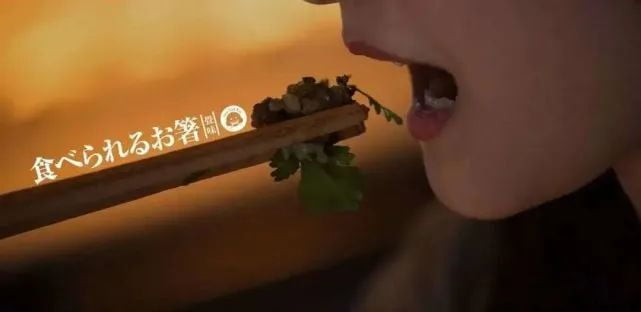
Notpla, a London based sustainable company, has produced the edible packaging material "Ooho" from seaweed and plant extracts using molecular gastronomy technology. Swallowing a small-sized "water balloon" is probably similar to eating a cherry tomato.
It has two layers of film, and when it's time to eat, just peel off the outer layer and put it directly into your mouth. If you don't want to eat it, it's okay to throw it away after use, because Ooho's inner and outer layers are biodegradable without special conditions and will disappear naturally in four to six weeks.
Evoware, an Indonesian company that also uses seaweed as a raw material, has also developed a 100% biodegradable edible packaging, which can be dissolved by simply soaking in hot water, and is suitable for instant noodle seasoning packets and instant coffee packets.
Korea has launched a "rice straw", containing 70% rice and 30% tapioca flour, the whole straw can be eaten into the stomach.
Rice straws last for 2 to 3 hours in hot drinks and more than 10 hours in cold drinks. If you don't want to consume it, the rice straw will decompose automatically within 3 months and is not harmful to the environment.
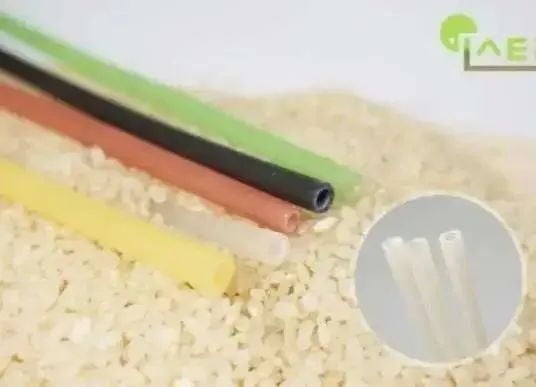
Edible packaging is healthier in terms of raw materials, but the biggest significance is environmental protection. It does not produce waste after use, making maximum use of resources and reducing the production of plastic waste as an alternative, especially those edible tableware that can be degraded without special conditions.
It is worth noting that edible tableware has not been licensed in our country. At present, it seems that edible packaging is more suitable for product inner packaging, as well as for local production and short-term activities.
2. No trace of disappearing packaging
Notpla follows Ooho with "a takeaway box that wants to really disappear".
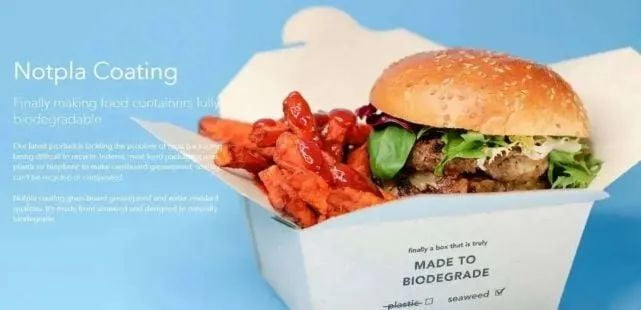
Traditional cardboard take-out boxes are made to be water and oil resistant by either adding synthetic chemicals directly to the pulp or adding synthetic chemicals to a coating made from PE or PLA, in many cases both. These plastics and synthetic chemicals make it impossible to decompose or recycle.
Notpla has sourced synthetic chemical-free cardboard and developed a coating that is 100% made from seaweed and plants, making their take-out boxes not only oil and water resistant as plastic, but also biodegradable "like fruit" in a matter of weeks.
Swedish design studio Tomorrow Machine has developed a series of extremely short-lived packaging called "This Too Shall Pass", which is inspired by bionics and uses nature itself to solve environmental problems.
The olive oil package made of caramel and wax coating can be cracked open like an egg. When it is opened, the wax no longer protects the sugar and the package dissolves when it comes in contact with water, thus disappearing silently into the world.
Made from beeswax, the Indian aromatic rice packaging can be peeled like a fruit and is also easily biodegradable.
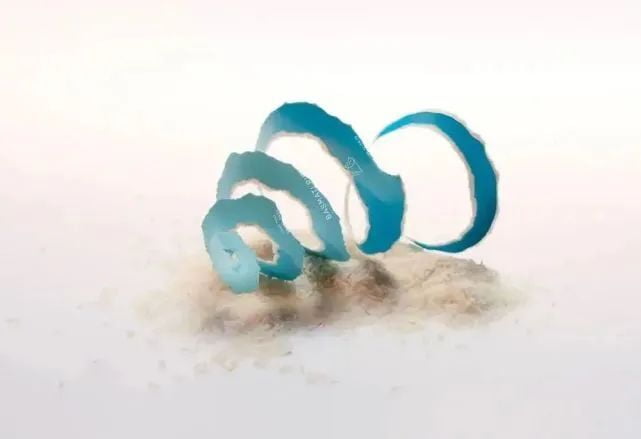
Raspberry smoothie packs are made from agar seaweed gel and water and are used to make beverages that have a short shelf life and require refrigeration.

Plus, a sustainable toiletries brand, has launched a water-free shower tablet in a bag made from wood pulp. When the tablets touch water, they foam up and turn into liquid shower gel, while the outer bag dissolves within 10 seconds.
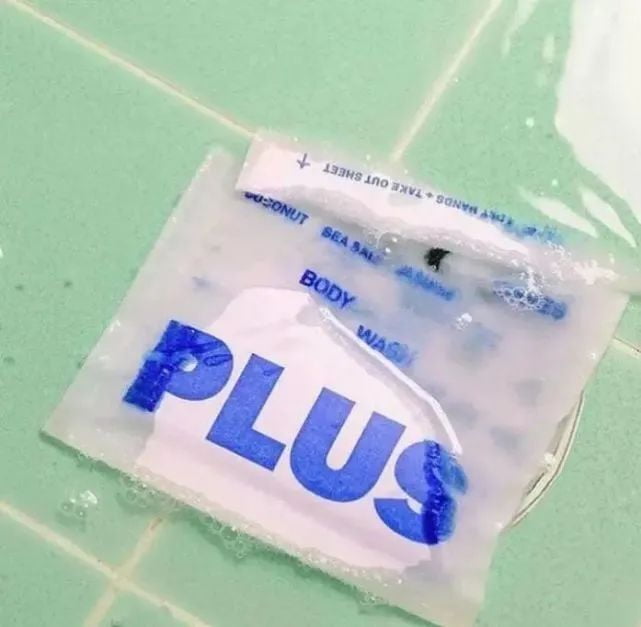
Compared to traditional bottled shower gels, these tablets have no plastic packaging, use 38% less water, and reduce the carbon footprint of the transportation process by 80%, solving the problems of water transportation and disposable plastic packaging associated with traditional shower gels.

